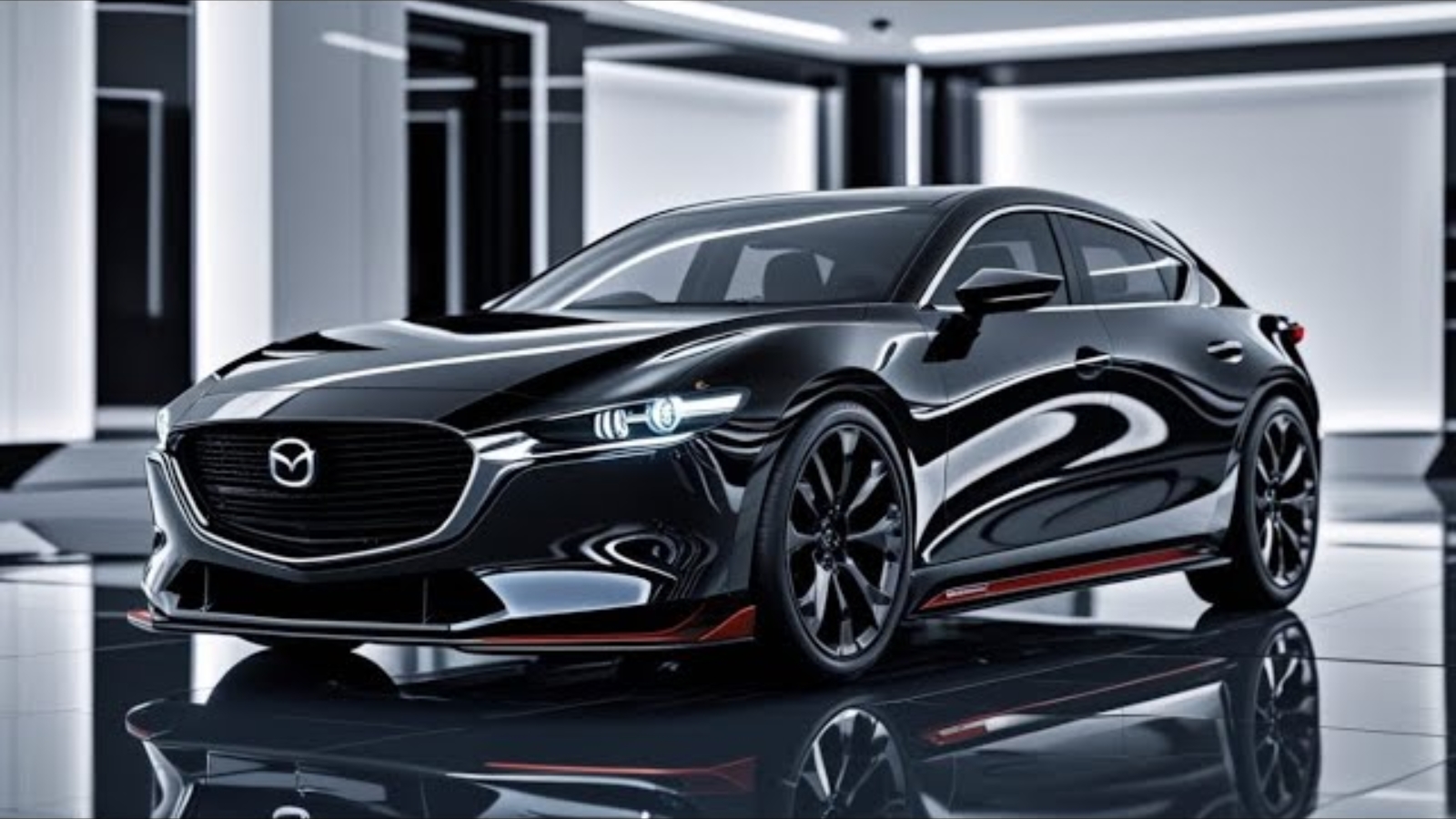If you’re considering the new Subaru Forester, you’re probably wondering about the significant price jump and what you’re getting for your money. The 2026 model year brings substantial changes, but also comes with a notable price increase that has many potential buyers questioning the value proposition.
What’s Changed with Pricing
The most noticeable change is the price. The entry-level Forester now starts at $43,490, which represents a $4,800 increase from the previous model’s $38,690 starting price. While that might seem steep, Subaru has packed considerably more features into the base model to justify the higher cost.
The previous flagship Hybrid S was priced at $50,140, but the new range tops out at $55,990 for the Hybrid Touring variant. This represents a more comprehensive range with seven distinct variants instead of the previous simplified lineup.
Seven Variants to Choose From
Petrol Engine Options
The Forester continues with the proven 2.5-liter naturally aspirated boxer engine, now producing 136kW of power and 247Nm of torque. Four variants use this engine:
- AWD ($43,490) – The new entry-level model
- AWD Premium ($46,490) – Mid-spec with additional comfort features
- AWD Sport ($48,490) – Sportier styling and equipment
- AWD Touring ($50,990) – Top petrol variant with premium features
Hybrid Powertrain Revolution
The real news is Subaru’s new “strong hybrid” system, a massive upgrade from the previous mild hybrid setup. The new system combines a 2.5-liter engine (121kW) with a 90kW electric motor for a combined 145kW of system power.
Three hybrid variants are available:
- AWD Hybrid ($46,490) – Hybrid entry point
- AWD Hybrid Sport ($54,990) – Sporty hybrid variant
- AWD Hybrid Touring ($55,990) – Top-spec hybrid model
Why the Price Increase Makes Sense
Standard Equipment Upgrades
Even the base AWD model now includes features that were previously optional or unavailable:
- 11.6-inch touchscreen with wireless smartphone connectivity
- Heated front seats
- Larger alloy wheels
- Driver monitoring system
- Enhanced safety package with additional airbags
Improved Fuel Economy
The hybrid variants achieve 6.2L/100km fuel consumption compared to 7.9L/100km for petrol models. While not class-leading (Toyota RAV4 Hybrid manages 4.8L/100km), it’s a significant improvement over the outgoing hybrid model.
Key Specifications Comparison
| Specification | Petrol Models | Hybrid Models |
|---|---|---|
| Engine Power | 136kW | 121kW (145kW combined) |
| Fuel Economy | 7.9L/100km | 6.2L/100km |
| Towing Capacity | 1800kg | 1200kg |
| Weight | 1622-1651kg | 1717-1766kg |
| CO2 Emissions | 180g/km | 140g/km |
| Battery Capacity | N/A | 1.1kWh |
Safety and Reliability
Five-Star ANCAP Rating
The Forester earned a five-star ANCAP safety rating with impressive scores:
- Adult occupant protection: 83%
- Child occupant protection: 91%
- Vulnerable road user protection: 86%
- Safety assist: 75%
Warranty and Service Costs
Subaru continues offering a comprehensive five-year unlimited-kilometer warranty, with an additional eight-year, 160,000km battery warranty for hybrid models. Service intervals remain at 12 months or 15,000km, with capped-price servicing averaging $459.80 annually over five years.
What You Should Consider
Hybrid vs Petrol Decision
The hybrid system offers better fuel economy and lower emissions, but comes with reduced towing capacity (1200kg vs 1800kg) and higher purchase prices. For families who need maximum towing capability, the petrol variants remain the better choice.
Value for Money
While the price increase is significant, you’re getting substantially more equipment and capability. The base model now includes features that would have cost thousands as options in the previous generation.
Physical Dimensions and Practicality
The new Forester is slightly larger, measuring 4655mm long, 1830mm wide, and 1730mm tall. Ground clearance remains impressive at 220mm, maintaining the model’s off-road capability. The 2670mm wheelbase should provide good interior space for passengers and cargo.
Color and Interior Options
Subaru offers 11 exterior colors at no extra cost, ranging from practical whites and grays to more adventurous options. Interior choices vary by trim level, with cloth upholstery in base models and leather/Ultrasuede combinations in higher variants.
Should You Buy One?
The 2026 Forester represents a significant evolution rather than a simple update. The price increase reflects genuine improvements in technology, safety, and standard equipment. If you value Subaru’s proven all-wheel-drive system, strong safety ratings, and comprehensive warranty coverage, the new Forester offers compelling value despite the higher entry price.
For buyers prioritizing fuel efficiency, the hybrid variants offer meaningful improvements over the previous generation, though they still trail some competitors in pure efficiency numbers.
Frequently Asked Questions
Q: Is the hybrid system worth the extra cost?
A: The hybrid adds about $3,000 to equivalent petrol models but offers significantly better fuel economy and lower emissions, making it worthwhile for high-mileage drivers.
Q: Why can’t hybrid models tow as much as petrol versions?
A: The hybrid’s additional weight and different powertrain characteristics reduce maximum towing capacity from 1800kg to 1200kg.
Q: How does service cost compare to competitors?
A: At approximately $460 annually, Subaru’s capped-price servicing is competitive with other Japanese brands and includes comprehensive coverage.
